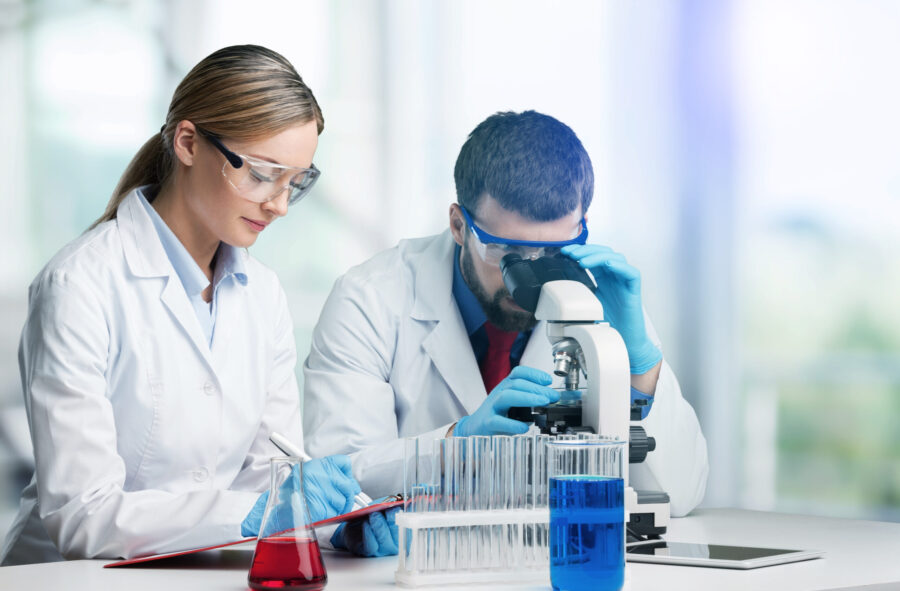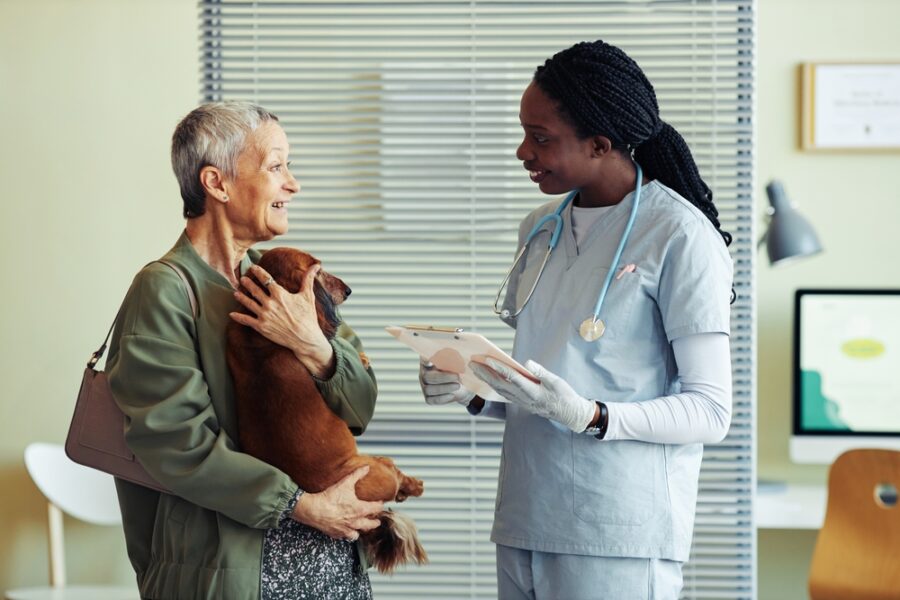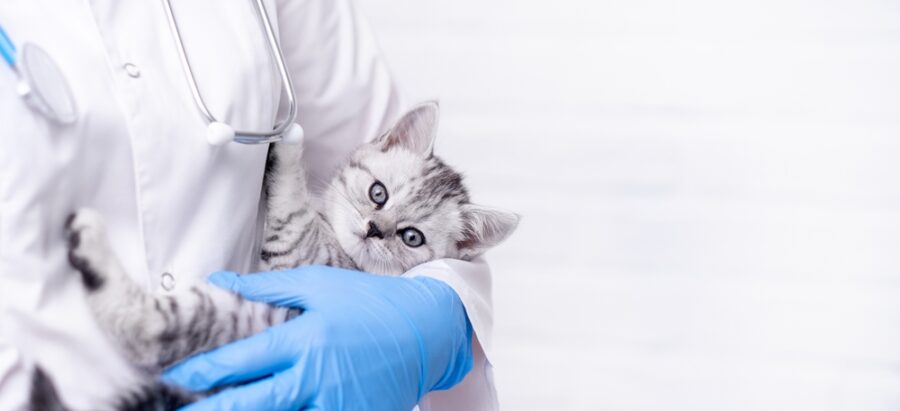Biobanking can help the planet.
Biobanking involves the preservation of biological materials through techniques like cryopreservation, safeguarding cells, gametes, and tissues. This practice not only ensures the future availability of genetic diversity but also builds an extensive repository of biological data for future scientists. The accessibility to cryopreserved cells and other stored biomaterials has been instrumental in ecological, evolutionary, genomic, and wildlife health research, significantly advancing our understanding of life on Earth. It also opens up new avenues for conservation, including cloning, thereby helping protect genetic diversity, support population sustainability, and reduce the risk of extinction.
The Importance of Biobanking
Biobanking serves as a crucial link between on-site (in situ) and off-site (ex situ) conservation efforts, aligning with the IUCN-Species Survival Commission’s One Plan approach. A prime example is the Przewalski’s horse, where combining human care with revived genetic diversity off-site paves the way for reintroducing genetically varied individuals into in situ herds, creating a continuous connection between managed and wild populations.
The positive impact of biobanking extends beyond the realm of wildlife conservation and also benefits human populations globally. These collections play a pivotal role in protecting species and, in turn, preserving their ecological functions and maintaining ecosystem balance, which directly influences human health.
Furthermore, biobanking aligns with the One Health approach and contributes to several United Nations Sustainable Development Goals and the Convention on Biological Diversity targets. These collections act as insurance in safeguarding species, which is vital for ecosystem equilibrium and public health. Biobanks also house high-quality samples that are invaluable for public health purposes. For instance, studying these samples enhances our understanding of disease mechanisms, accelerating diagnostics and treatment development. This aspect is particularly relevant in preventing zoonotic diseases and pandemics.
Biobanking and the Future of Conservation
The urgency and importance of biobanking are increasingly recognized at a global level. International agreements like the Convention on Biological Diversity’s Nagoya Protocol and the Kunming-Montreal Global Biodiversity Framework place biobanking at the forefront of biodiversity conservation discussions. These agreements emphasize the need for equitable access, management, and benefit-sharing in biobanking. IUCN’s 2020 Resolution 079 reinforces the adoption of the One Plan approach and calls for the establishment of a collaborative global biobanking network.








